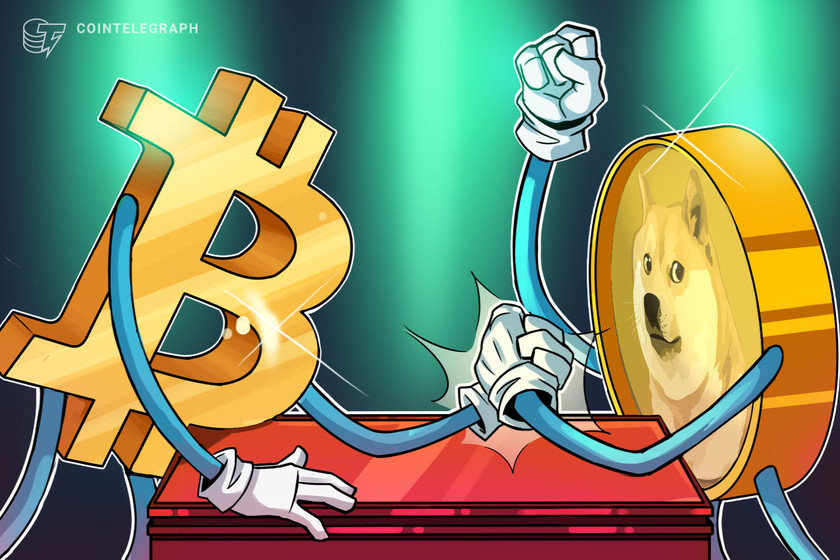Elon Musk requests dismissal of $258B Dogecoin lawsuit: Report


The plaintiffs referred to Musk’s 2021 Saturday Night Live appearance, during which he played “a fictitious financial expert” and called Dogecoin “a hustle,” causing the price of DOGE to sharply decline minutes after the show.
Elon Musk and his lawyers reportedly requested a United States judge dismiss a $258 billion lawsuit filed by investors who alleged he operated a pyramid scheme to promote the cryptocurrency Dogecoin (DOGE).
According to an April 1 Reuters report, Elon Musk’s lawyers stated that the lawsuit against Musk — filed by Dogecoin investors in June 2022 — was a “fanciful work of fiction” in Manhattan’s federal court on March 31.
Musk’s lawyers explained that his support for Dogecoin on social media, including comments such as “Dogecoin Rulz” and “no highs, no lows, only Doge,” was “too vague” to warrant a fraud claim. The lawyers stated:
“There is nothing unlawful about tweeting words of support for, or funny pictures about, a legitimate cryptocurrency that continues to hold a market cap of nearly $10 billion.”
Musk’s lawyers referred to his Dogecoin statements as “innocuous and often silly tweets” to convince the judge to “throw out” the multibillion-dollar lawsuit.
Musk was accused of driving up Dogecoin’s price “more than 36,000% over two years and then letting it crash,” with it being alleged in the initial filing last year that he “used his pedestal as World’s richest man to operate and manipulate the Dogecoin Pyramid Scheme.“
Related: Elon Musk slams ‘heavy-handed’ Fed as ex-BitMEX CEO sees $1M BTC price
It was reported that the investors cited Musk’s Saturday Night Live appearance in May 2021, where he portrayed “a fictitious financial expert” and called Dogecoin “a hustle” as a reference point in the lawsuit.
What is Dogecoin?
— Elon Musk, the Dogefather @elonmusk pic.twitter.com/3ZtD5gv221
— DogeDesigner (@cb_doge) March 15, 2023
Minutes after the television appearance, the price of DOGE dumped more than 25%, falling as low as $.50 from $.66 highs at the show’s start.
Musk appeared to make numerous efforts to reignite people’s enthusiasm for Dogecoin following his television appearance.
He told his Twitter followers just days after that he is working with “Doge devs to improve system efficiency,” and that it could be “potentially promising.“
During the market crash in March 2022, Musk told his Twitter followers that he would not sell his crypto holdings, including Bitcoin (BTC), Ether (ETH) and DOGE.
The lawyer representing the investors, Evan Spencer, reportedly stated in an email that “we are more confident than ever that our case will be successful.“
Magazine: Crypto winter can take a toll on hodlers’ mental health


























